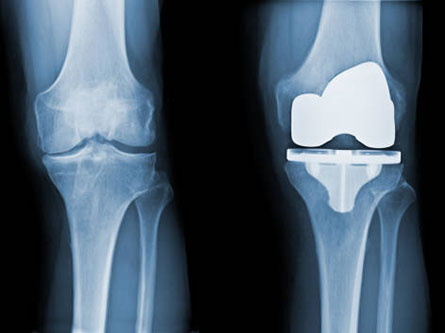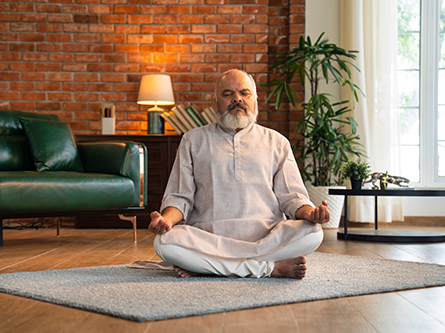Knee pain can make everyday life difficult. Walking, climbing stairs or even standing for long periods can become painful. For many people with a joint disorder, knee replacement surgery offers relief and a chance to return to a more active life. But how do you know if it’s the right time for knee replacement surgery? And what’s the best way to recover?
The total joint replacement team at UC Davis Health helps patients evaluate whether or not they are good candidates for joint replacement. Ultimately, the decision belongs to the patient. However, the Department of Orthopedic Surgery often meets with people to understand their knee pain and help them decide when they are ready for joint replacement.
Assessments include x-rays or other imaging techniques such as MRIs and CT scans to get the full picture.
Learn more about orthopedic surgery at UC Davis Health
There are also questions that you should ask to help you make your decision.
When should you consider knee replacement?
Knee replacement surgery is usually a good idea when:
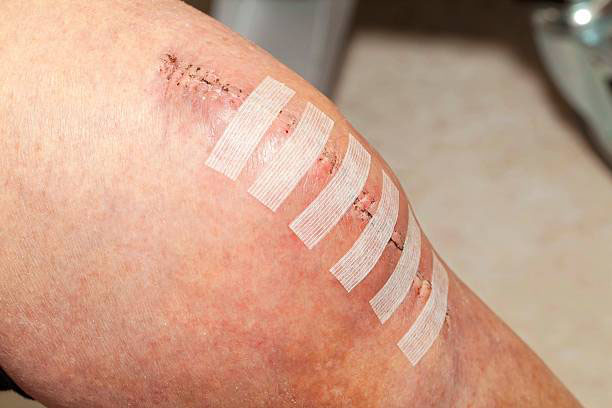
- You have severe arthritis or joint damage.
- Pain keeps you from doing daily activities like walking or sleeping.
- Other treatments like physical therapy, medications or injections haven’t helped.
- Your knee is stiff, swollen or deformed (like bow-legged or knock-kneed).
Doctors often suggest surgery for people over 60, but younger patients may also benefit if their pain is severe and long-lasting. However, younger people are usually advised to wait, if possible, because if patients get knee replacement surgery too early, they might need another one later in life.
Learn more about hip and knee replacements at UC Davis Health
When should you avoid knee replacement?
Knee replacement may not be the best option if:
- Your pain is mild or manageable with other treatments.
- You have serious health problems that make surgery risky.
- You’re not ready to commit to the recovery process, which takes time and effort.
It’s important to talk with your doctor and make a shared decision based on your health, lifestyle and goals.
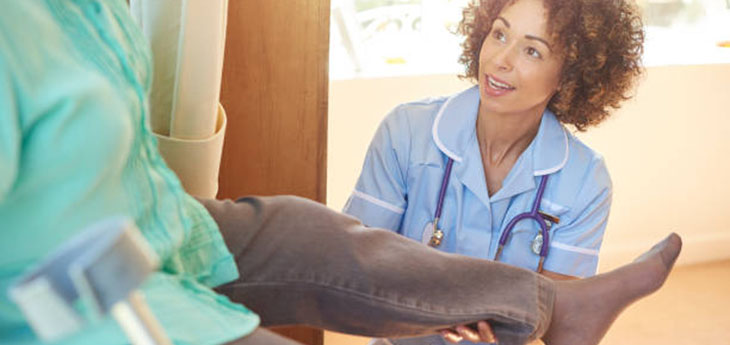
The latest technology in knee replacement
Knee replacement surgery has come a long way. Today’s technology makes the procedure more precise, less invasive and more personalized than ever before.
Here are some of the newest advancements:
- Robotic-assisted surgery: Think of it like GPS for your surgeon. Robots help guide the surgery with real-time imaging, making the implant fit better and last longer.
- Real-time navigation: Handheld computer micro-sensors that provide intelligent, live information to accurately display where to make cuts into bone.
- Smart implants: These high-tech knees have tiny sensors that track how your new joint is working. Your doctor can monitor your recovery remotely and adjust your rehab plan if needed.
- Outpatient surgery: Thanks to better pain control and faster recovery, many people now go home the same day as their knee replacement surgery.
Best ways to recover after knee replacement surgery
Recovery from knee replacement takes time, but there are many ways to make it smoother and faster:
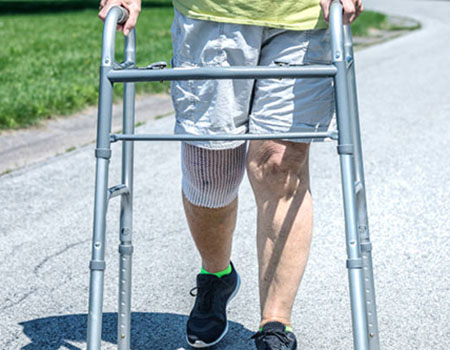
- Start moving early: Physical therapy usually begins the day after surgery. Walking, even with help, is important to prevent stiffness and blood clots.
- Do your exercises: Stretching and strengthening exercises help you regain motion and strength. It may hurt at first, but it’s worth it.
- Ice and elevate: Use ice packs and keep your leg raised to reduce swelling and pain.
- Stay active: Don’t sit too long. Take short walks several times a day.
- Eat well and stay hydrated: Good nutrition helps your body heal.
- Use walking aids: Walkers, cane, or hiking poles can help you move safely.
Planning ahead can also make a big difference. This includes things like preparing meals, setting up a comfortable recovery space, and having support from family or friends.
Should you explore knee replacement surgery?
Knee replacement surgery can be life-changing, but it’s not a decision to take lightly. Talk to your doctor, weigh the pros and cons and prepare for recovery. With the right timing, care, and technology, you can get back to doing the things you love — without the pain.
To find out more or book an appointment, you can call 800-2-UCDAVIS (800-282-3284).
See all specialty care locations in Northern California.
This blog was medically reviewed by orthopaedic surgeon Adam Taylor.

